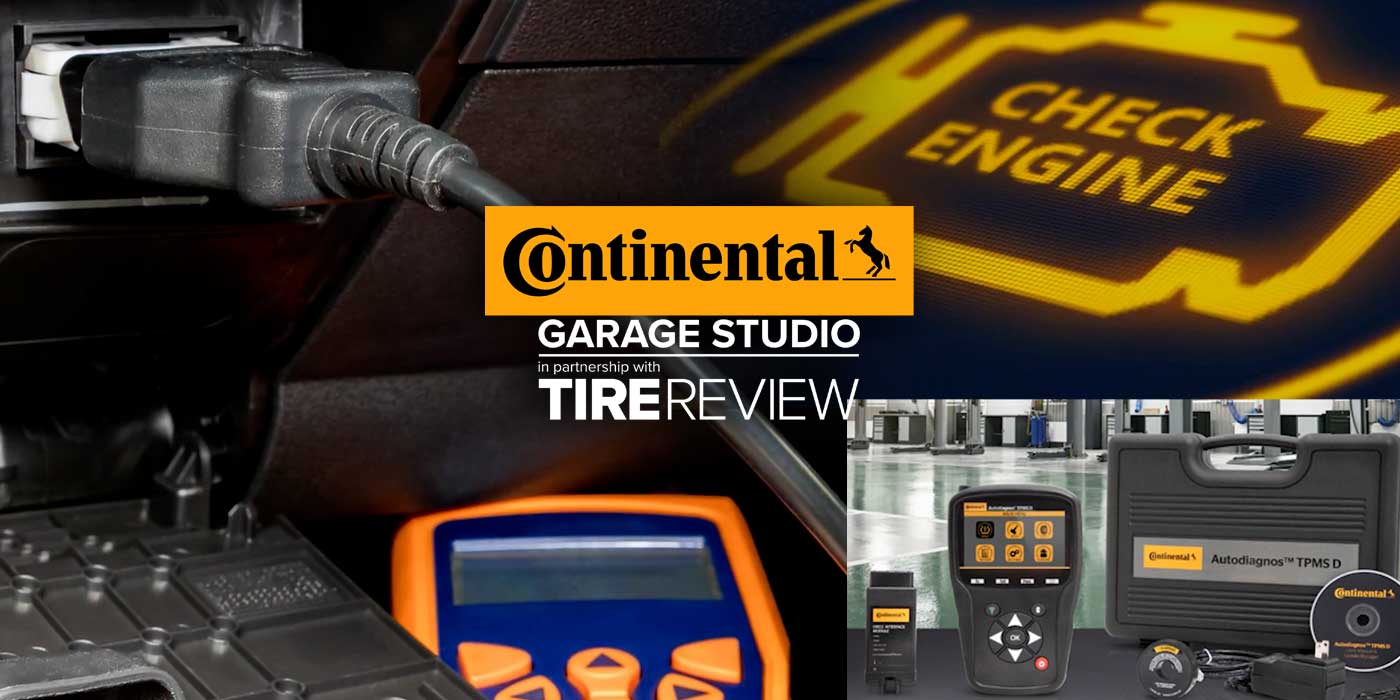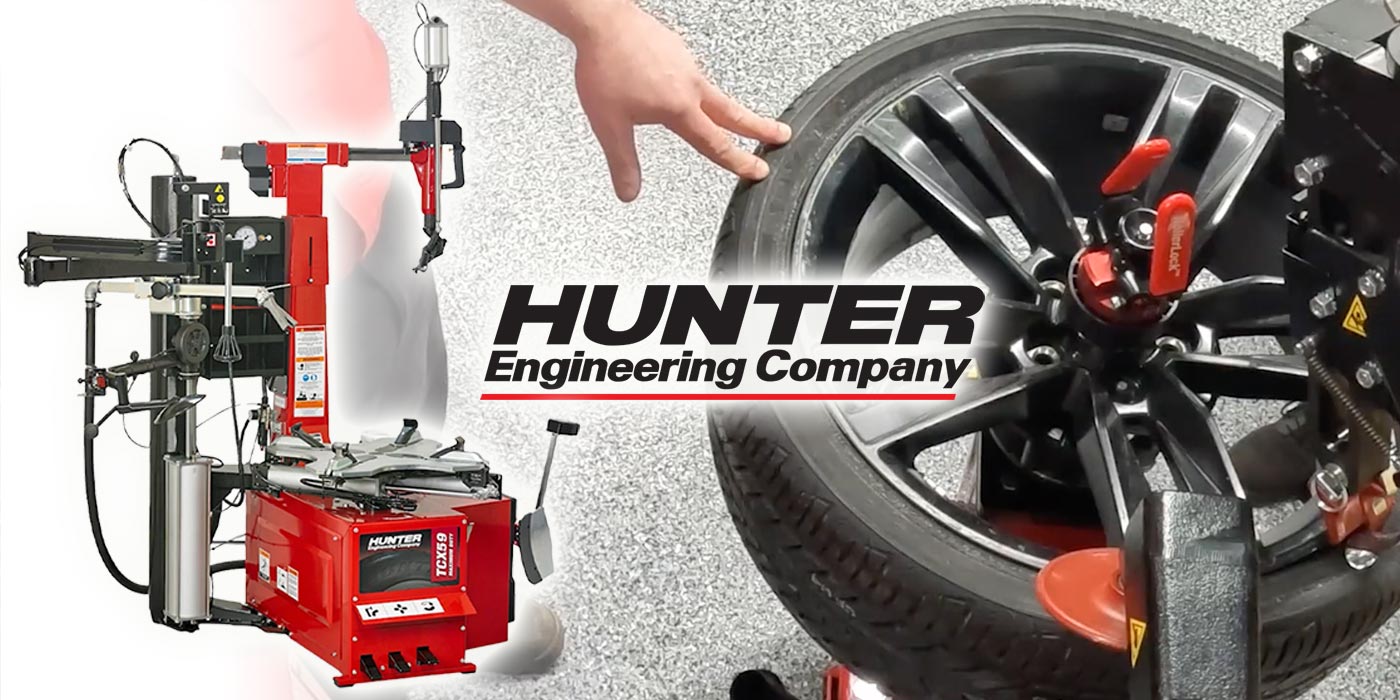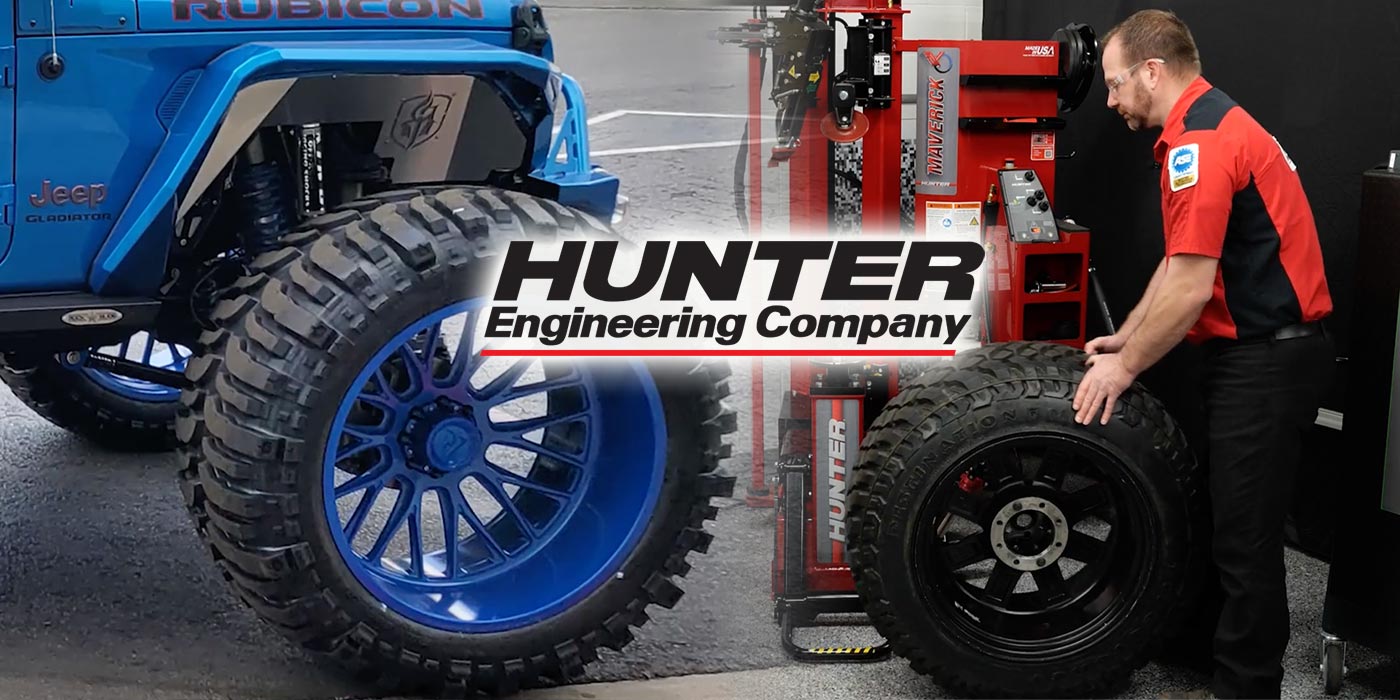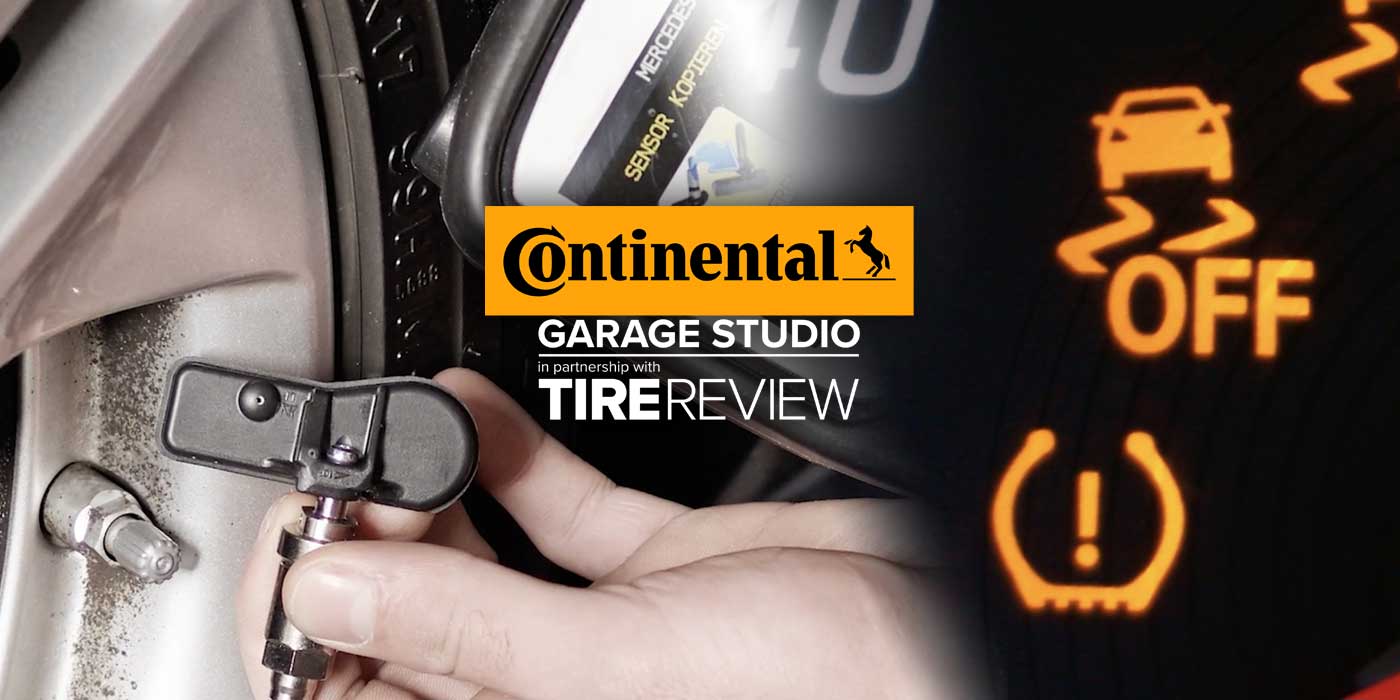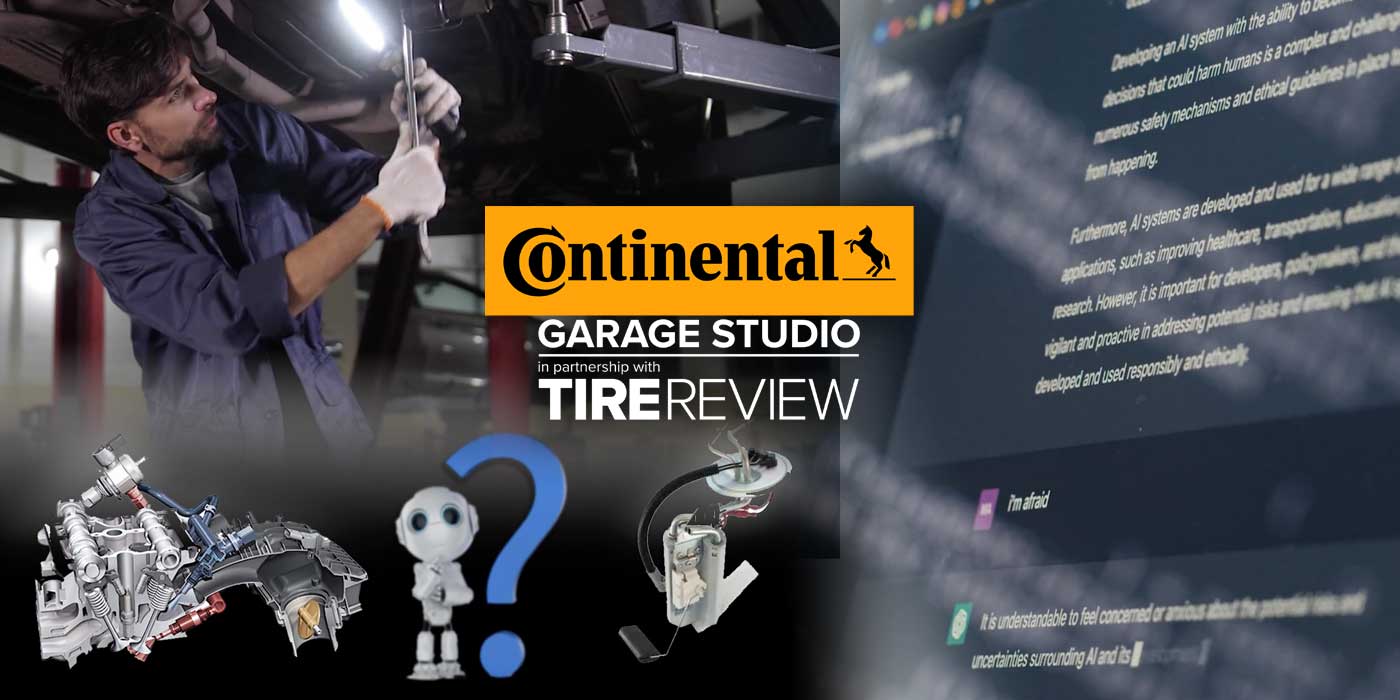Did you know tires have a maximum weight capacity? I’m sure you did – but did you also know you can find that out by just looking at the tire?
In this Tire Review Continental Tire Garage Studio video, we look at a tire’s load index to better understand its importance.
Let’s do some math. If this Continental CrossContact LX25 tire has a load index of 99, it can support 1,709 pounds at the maximum air pressure, according to the manufacturer’s load rating chart.
Oftentimes, the load index number will have a letter (or a letter followed by a number) next to it. This is the tire speed rating, which shows the maximum speed allowance that tires can handle before losing max carrying capacity. In the case of this tire, 99 (the load index) is followed by H, which has a speed maximum of 130 miles per hour. If that speed is surpassed, the tires will start to degrade.
It doesn’t stop there. To find an entire car’s maximum load-carrying capacity, multiply one tire’s load-carrying capacity by four. Use this tire as an example. If it’s 99 H, that vehicle can carry 6,836 pounds at a maximum speed of 130 miles per hour. Of course, we don’t recommend consumers push their tires to those limits, but it’s good information to know.
You may be asking, why is this even important?
The tire load index shows the maximum weight capacity of your tire, and exceeding this capacity can lead to tire damage, reduced lifespan and the risk of a blowout. It’s like trying to carry a heavy box. Just like too much weight can cause the tire to fail, the box can also break from carrying too much.
Don’t forget to follow us on Instagram and Facebook and subscribe to our YouTube channel for more tire, service and shop operations videos.

